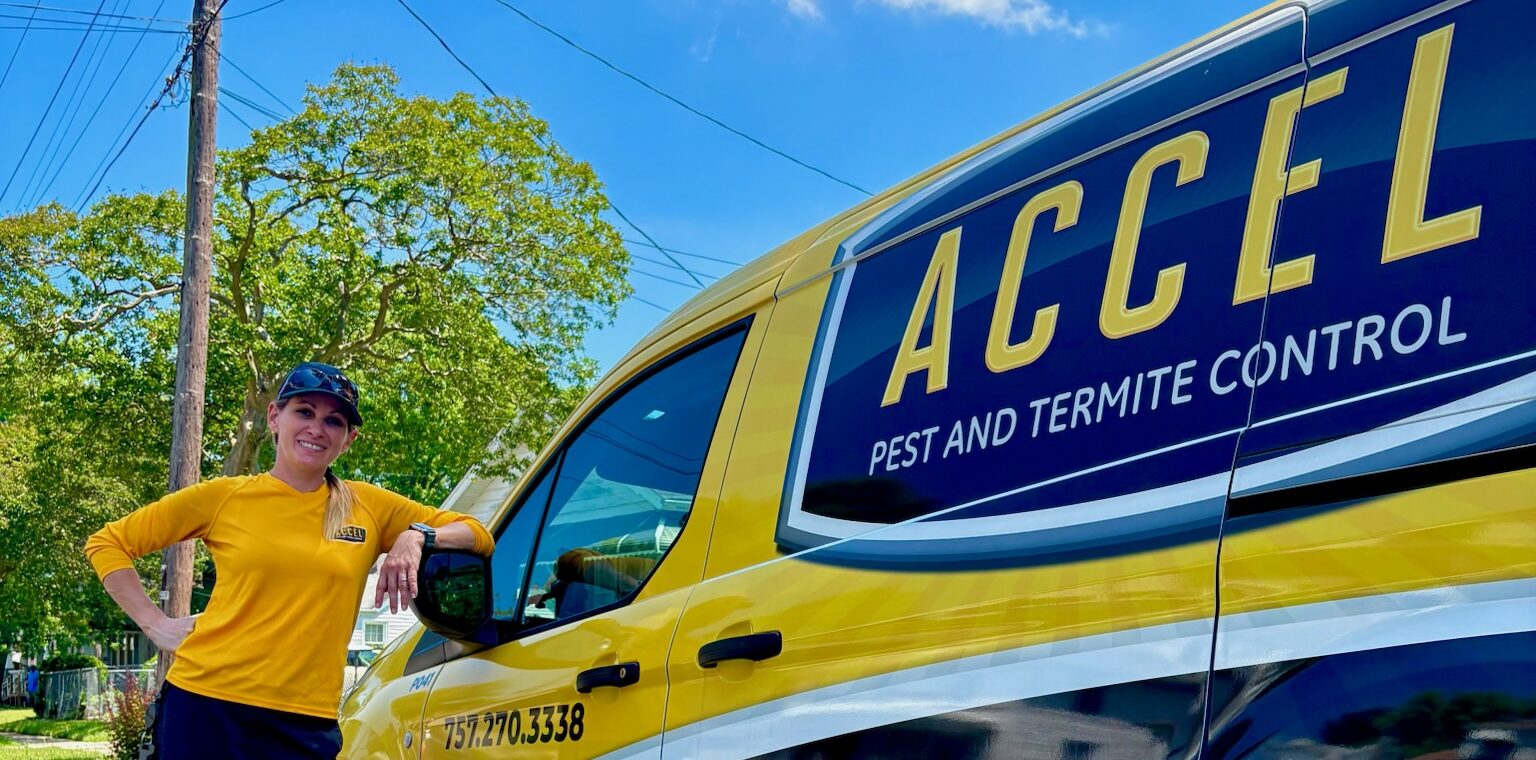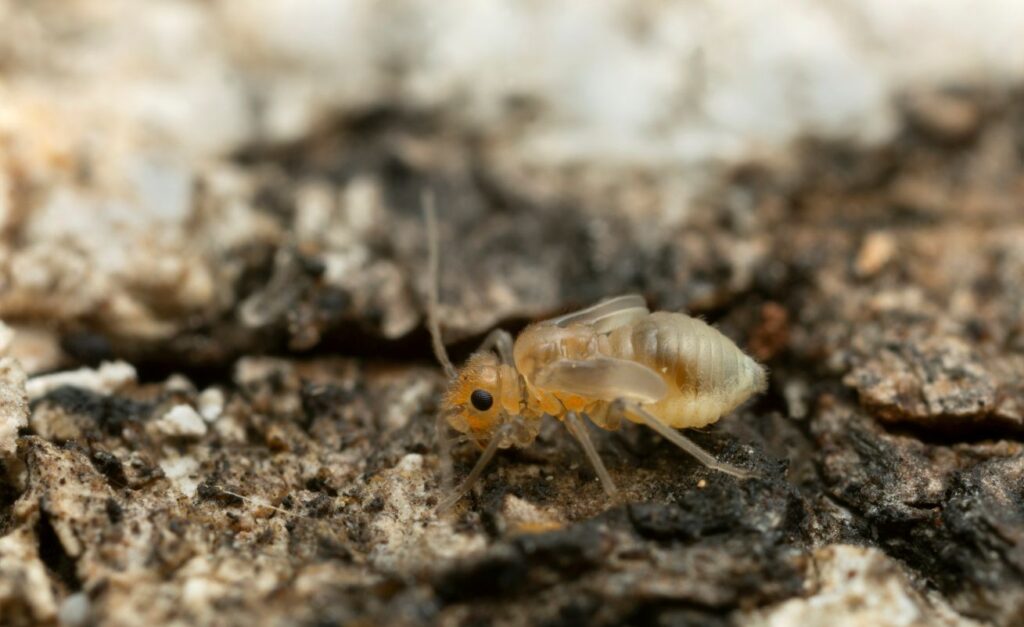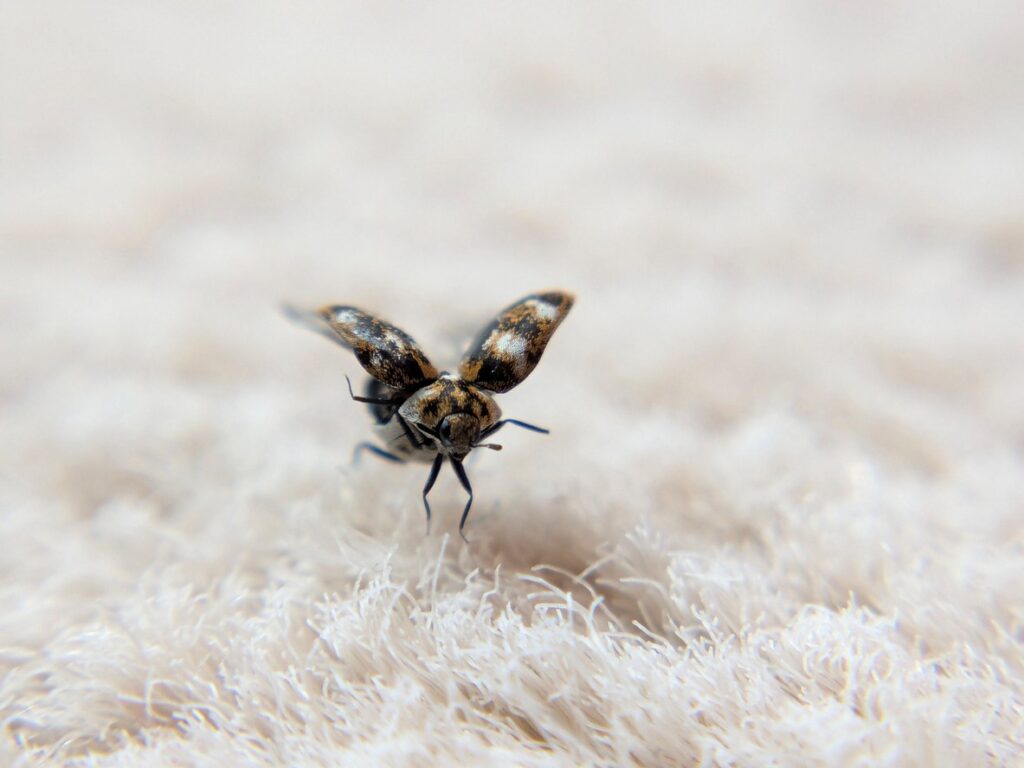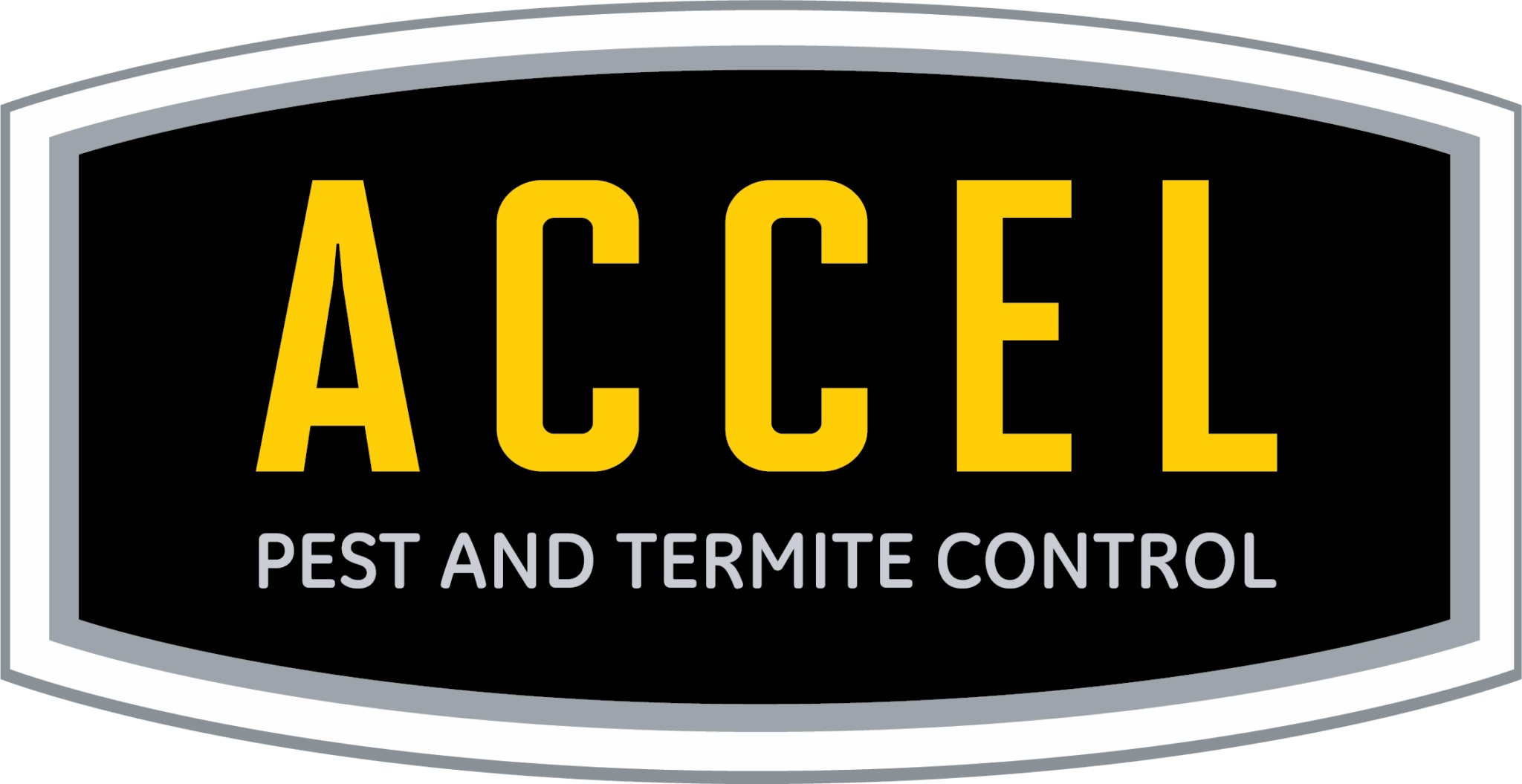Unusual Bugs and Pests Found in Your Home

Some pests are to be expected. Ants in the kitchen, roaches in the bathroom, or spiders lurking in corners. But not every bug that finds its way inside is so ordinary. Some pests are far stranger, with behaviors and appearances that truly set them apart from the crowd.
From tiny book-eaters to quick-moving hunters and even cottony invaders that threaten plants, a surprising number of unusual pests can be found in and around your home. While some of them are mostly harmless, others can create serious problems for your property or belongings if left unchecked.
Ghost Ants Are Tiny but Bold
Ghost ants are so small, they hardly seem real at all. These may be the smallest ants you’ll ever come across, measuring only about one and a half millimeters in length. Their miniature size, combined with their pale, almost translucent bodies, makes them notoriously hard to notice, especially against light-colored backgrounds. This camouflage allows them to easily blend into the grout between your tiles, sneak along countertops, or even disappear into your bags of sugar or flour without drawing attention.
When crushed, ghost ants release a faint odor. Like many ant species, this scent acts as a warning signal or rallying call to nearby colony members. What makes ghost ants unusual, though, is the smell itself. Instead of the sharp, sour odor you might expect from ants, ghost ants give off a smell that’s oddly reminiscent of coconuts, though more on the side of old or rotting coconuts than anything fresh. It’s just one more way in which these tiny trouble makes stand out from the larger, darker cousins.
Psocids “So-Sids”

You may not have heard of them, but they’re likely already in your home. These absolutely tiny, strange bugs may be eating your books from the inside out. Indoors, psocids are often known as “booklice” and, as the name implies, they love to make their homes in your literature.
That’s because psocids thrive in warm, damp environments where mildew can grow. The pages of a book, especially in a humid basement, create a perfect spot, especially if there’s glue for them to feed on. But books aren’t the only place they can be found. Because these weird bugs are so small, they can squeeze into nearly any crack or crevice, feeding on mold, fungus, stored grains, and even the remains of other insects.
Are House Centipedes Dangerous?
There are a lot of unsettling but harmless pests that can make their way into your home, and house centipedes may be the creepiest. From a distance, these weird-looking insects might be mistaken for spiders, but their remarkably long legs give them an unmistakable look. Those same legs also allow them to dart across floors and walls with startling speed.
House centipedes, like psocids, prefer dark, damp environments. But unlike psocids, they are hunters. Using their speed and venomous fangs, they catch and feed on spiders, roaches, silverfish, bedbugs, and even termites.
Despite their unnerving appearance and venom, house centipedes pose no danger to humans. Their venom is only strong enough to subdue their prey, and their bites rarely pierce human skin. At worst, contact might result in mild irritation, but most people will never experience that.
Spotted Lanterflies Around Your Home
These pests may not always be found inside the home, but they’re so problematic that they deserve a mention. In recent years, lanternflies have become one of the most disruptive invasive pests, especially in the northeast and along the coast. Originally native to Asia, these insects were accidentally introduced to the U.S. through international shipping. Since then, their population has exploded, leaving behind a trail of damage to plants, trees, and crops wherever they spread.
Luckily, spotted lanternflies are more of an outdoor problem than an indoor one. Still, it’s not uncommon for them to make their way inside. They often hitchhike by clinging to clothing, outdoor furniture, or firewood, and they can easily slip through an open door or window. Most lanternflies that end up indoors don’t survive long, but the real concern comes from their egg masses.
These sticky clusters can attach themselves to just about anything left outside, including grills, patio sets, and planters. If those objects are brought inside, the eggs can remain dormant for months before hatching in the spring.
Small But Hungry Carpet Beetles

You’ve likely found a carpet beetle before without knowing what it was. If you’ve ever seen a small flying bug that looks like a tiny hazy pinhead sitting on your desk or crawling up the wall, a carpet beetle could have been the culprit.
Carpet beetle larvae feed on natural fibers and animal-based materials, chewing through wool, silk, feathers, fur, leather, and even pet hair or lint. After feeding, they leave behind irregular holes in fabrics, which can make them a frustrating pest to deal with, even in small numbers.
The damage isn’t limited to clothing or upholstery either. Carpet beetles are notorious in museums, where their larvae can destroy taxidermy, wool tapestries, and other valuable specimens if not properly sealed.
Contact Accel Pest & Termite Control
Weird insects can be fascinating, but they become a problem once they invade your home. Accel Pest & Termite Control can provide the home pest defense you need to protect your living spaces from both the common and the unexpected. Our trained professionals know how to identify and remove pests that might be damaging your property, contaminating your food, or simply making you uncomfortable in your own home.
If you’ve spotted something strange crawling around your house, it’s time to call for help. Reach out to Accel Pest & Termite Control today to schedule a pest removal inspection.
